An old box of unseen photo negatives
“I just have wondered for years what was on the photography–what was in the pictures.”
Linda Cumming Nadbrzuch, Gratwick
The wood Kodak box was tucked away in a corner of the basement for as long as Linda could remember. It belonged to her grandfather, Bert. Inside the box were 30 or so photographic glass “negatives” in crumbling paper sleeves. The negatives were fragile (several had already cracked), and difficult to see with the naked eye.
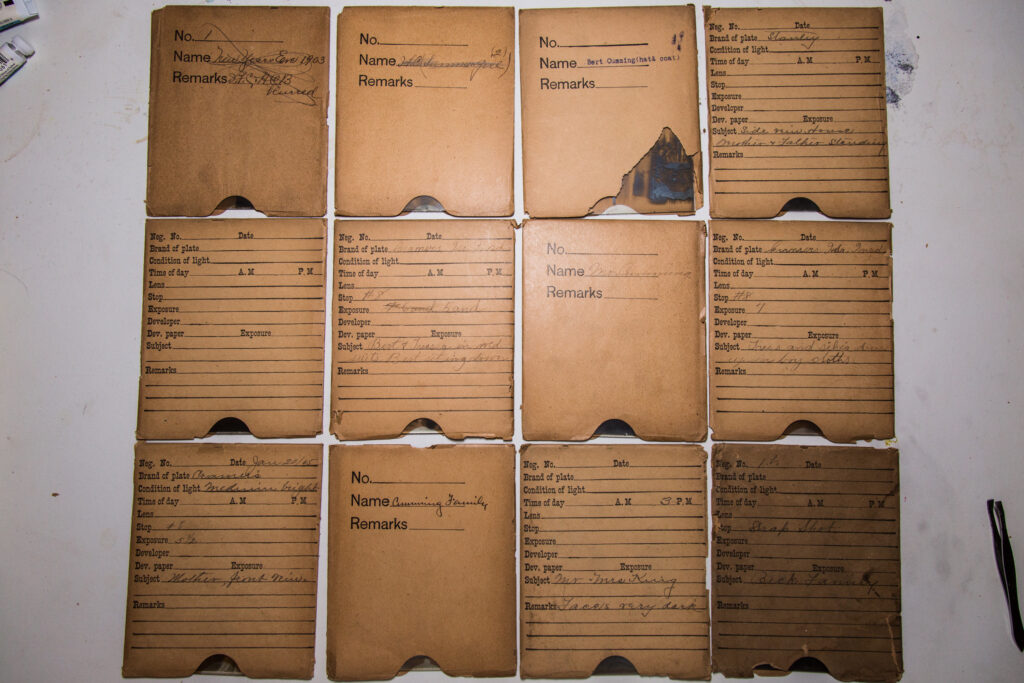
Linda knew I had some experience with photography, and that I had a keen interest in local history–to put it politely–so she reached out to me for help viewing the negatives. One was labeled “1905,” and they all looked to be of similar vintage. Thankfully, bringing the photographs back to life involved only minimal effort: A lightbox, a high-quality digital camera, and a tripod.
We were amazed by what we saw.
“Family history is important, and it also shows the history of North Tonawanda.”
Linda Cumming Nadbrzuch
Grandpa Bert, himself
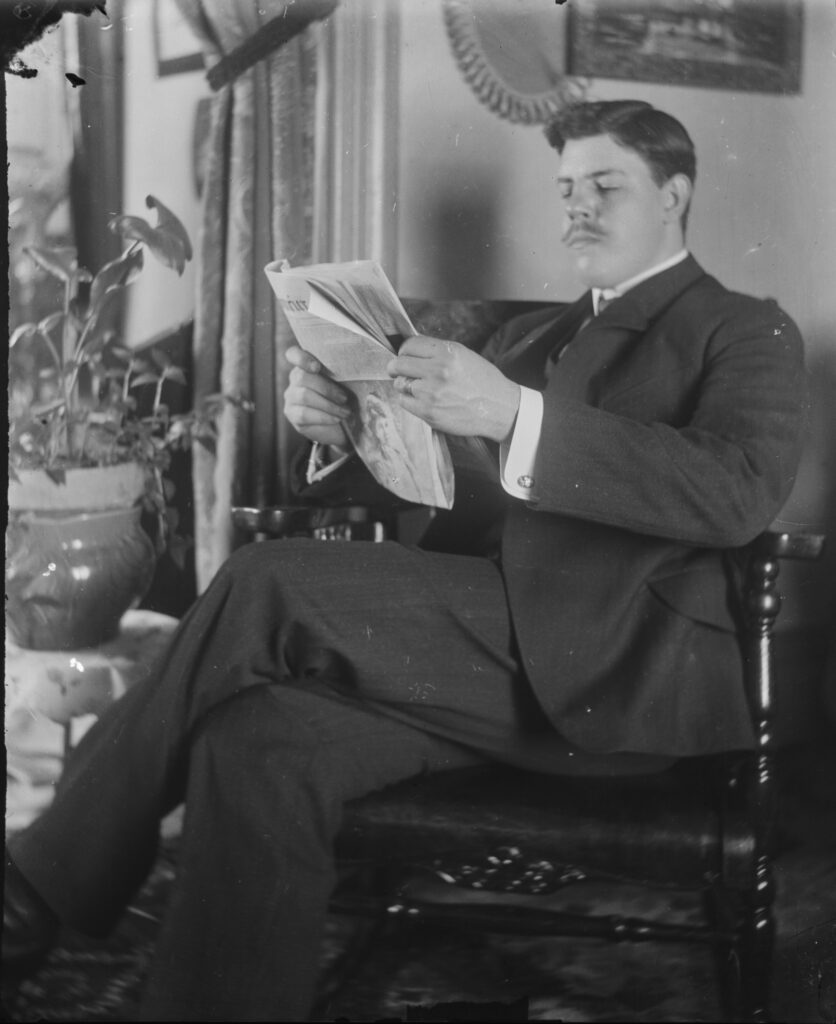
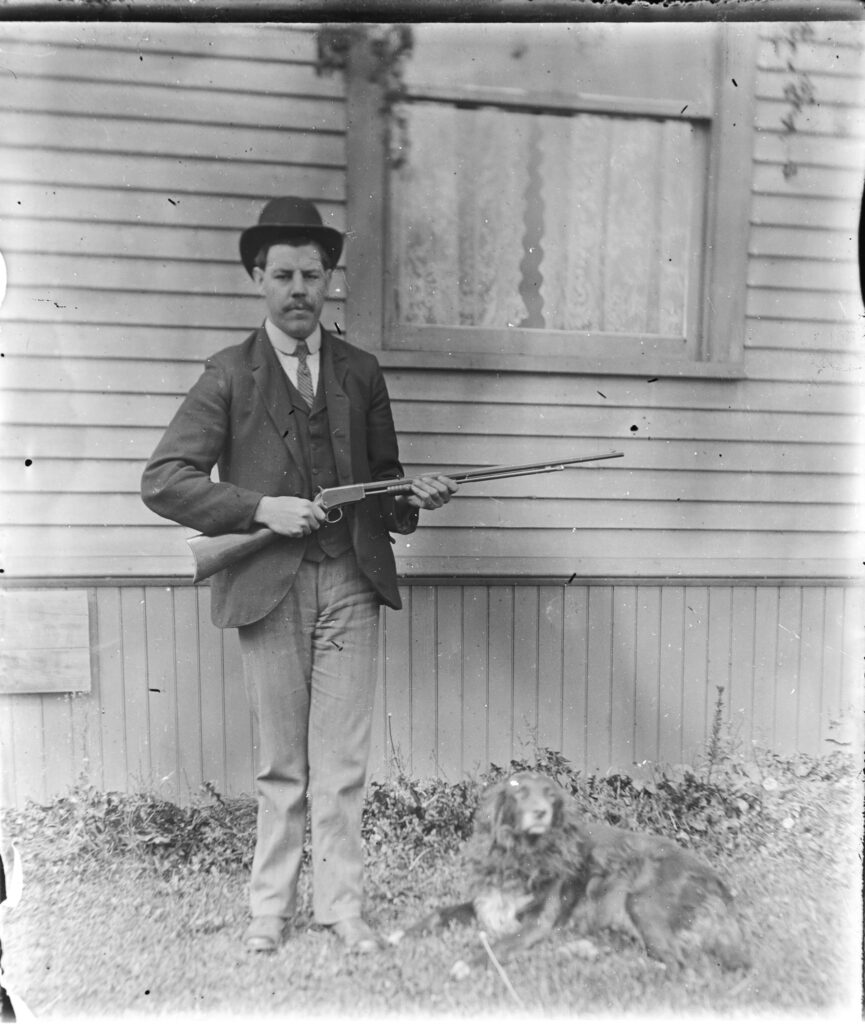
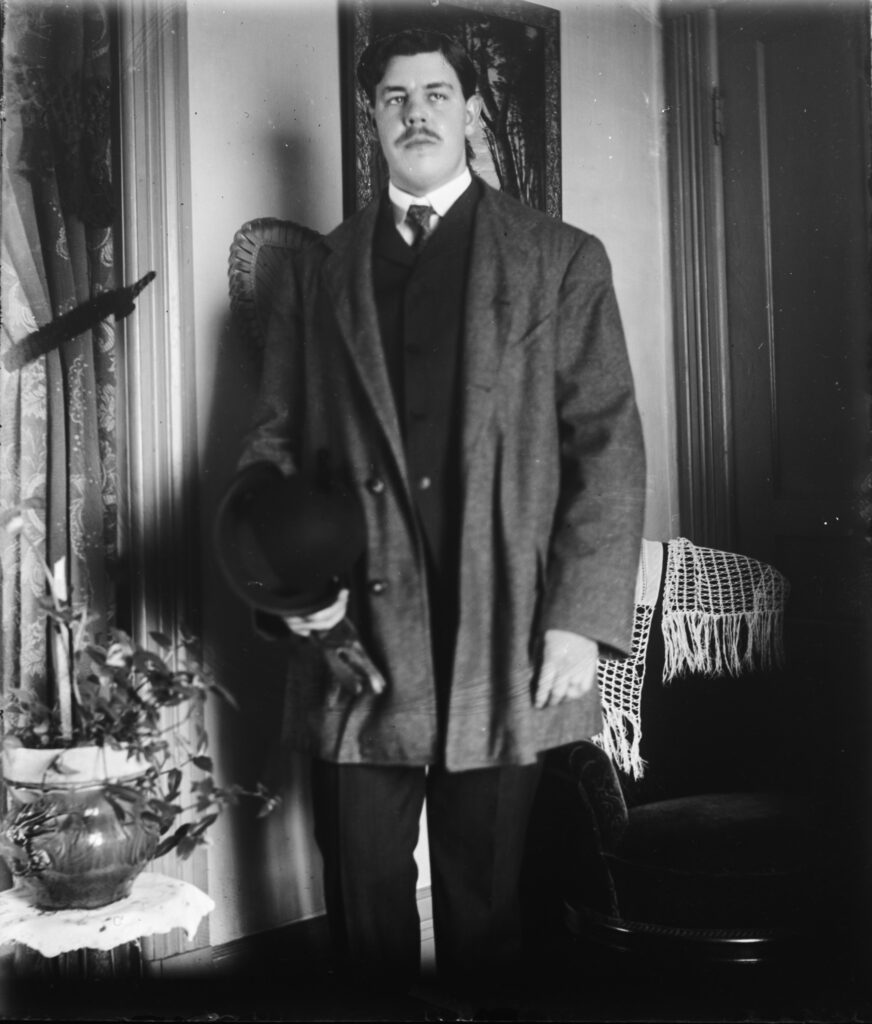
Several of the images revealed in the negatives are of “Bert” himself, Linda’s photographer-grandfather. Grandpa was demonstrably not camera-shy. We see him casually reading the newspaper (The Buffalo Courier, it would appear); in a “sportsman” pose with his dog and rifle; and in a fine coat and hat.
He appears to be about 30 in the photos. It is good to have a face to be grateful toward for capturing and preserving these rare scenes of common life in the young city. Photography was not yet the pervasive practice that it is today.
The family home at 130 Fredericka street
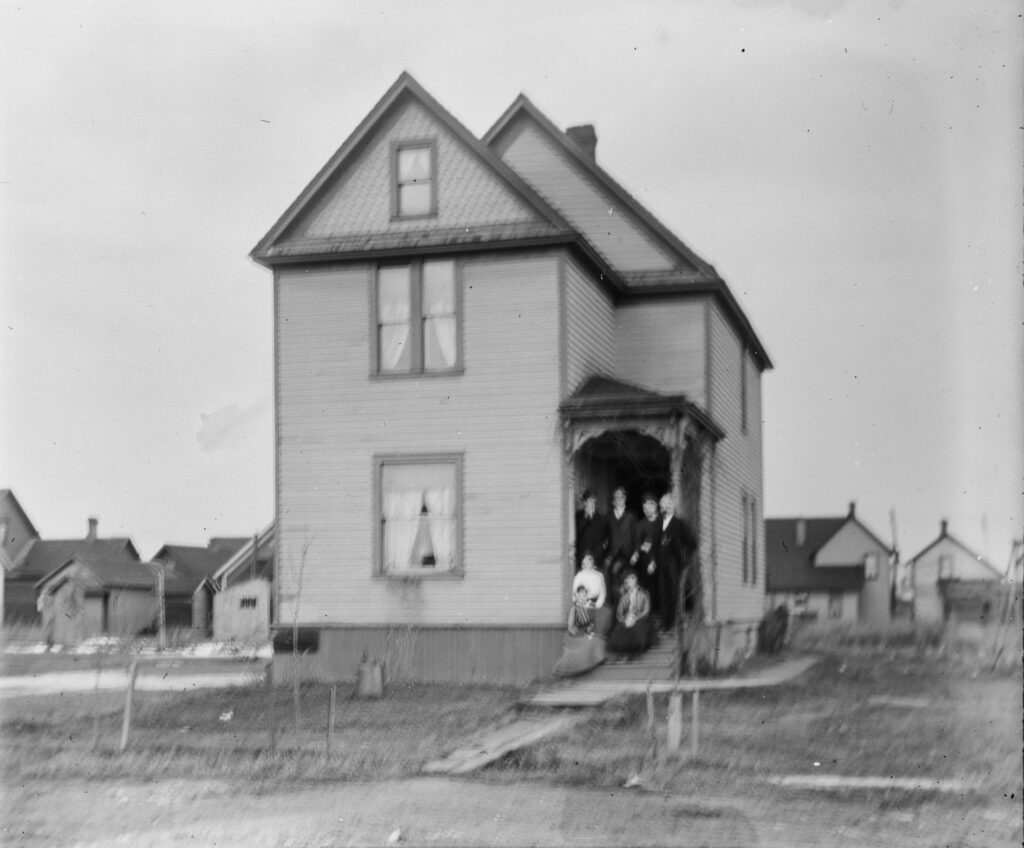
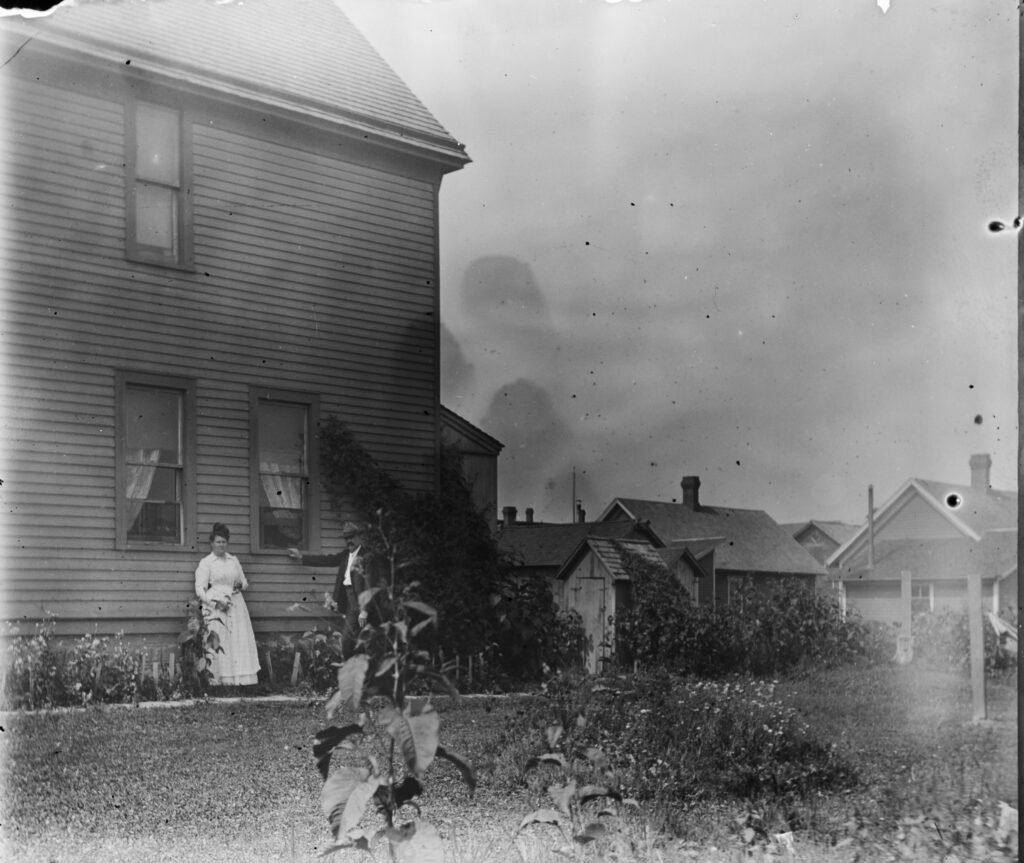
Several of the old glass negatives are of Bert’s parents’ home at 130 Fredericka street. The home still stands today, between Oliver and the river. In the first photo, which is blurry, the family huddles under the small, Victorian-style covered porch for their portrait. Wood planks run up to the front door. In the second photo, Bert’s parents stand proudly (and rigidly) on the north side of the house. According to the family, Bert’s dad, Scottish-born William A. Cumming, built this house. They have reason to be proud.
Gratwick neighborhood people and views
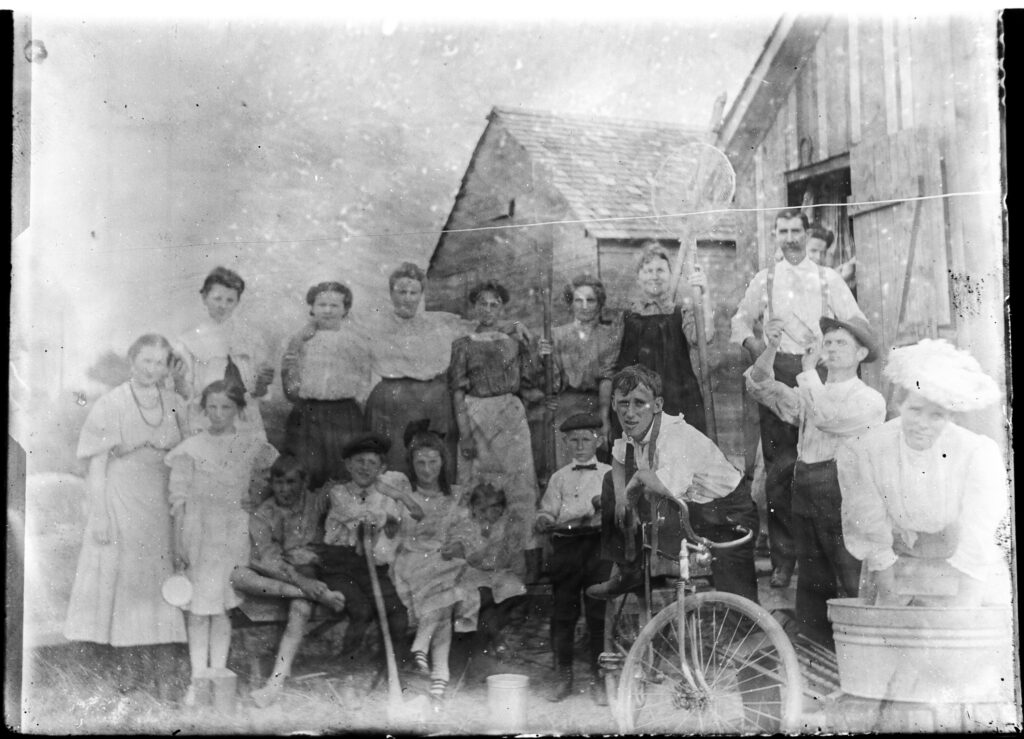
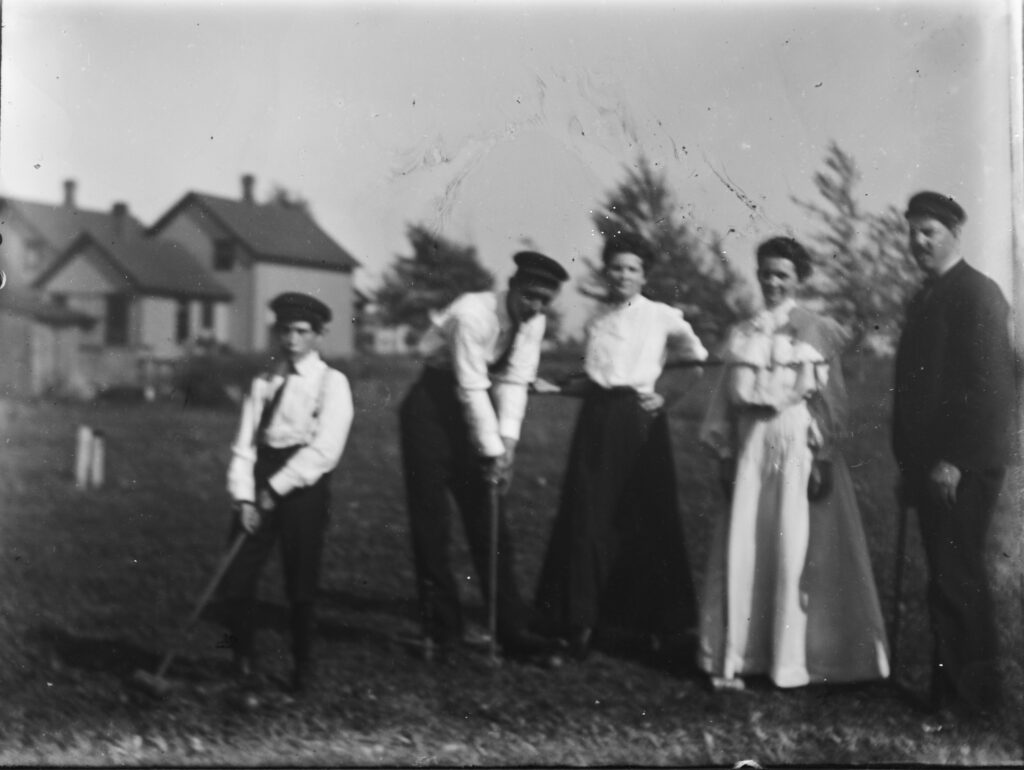
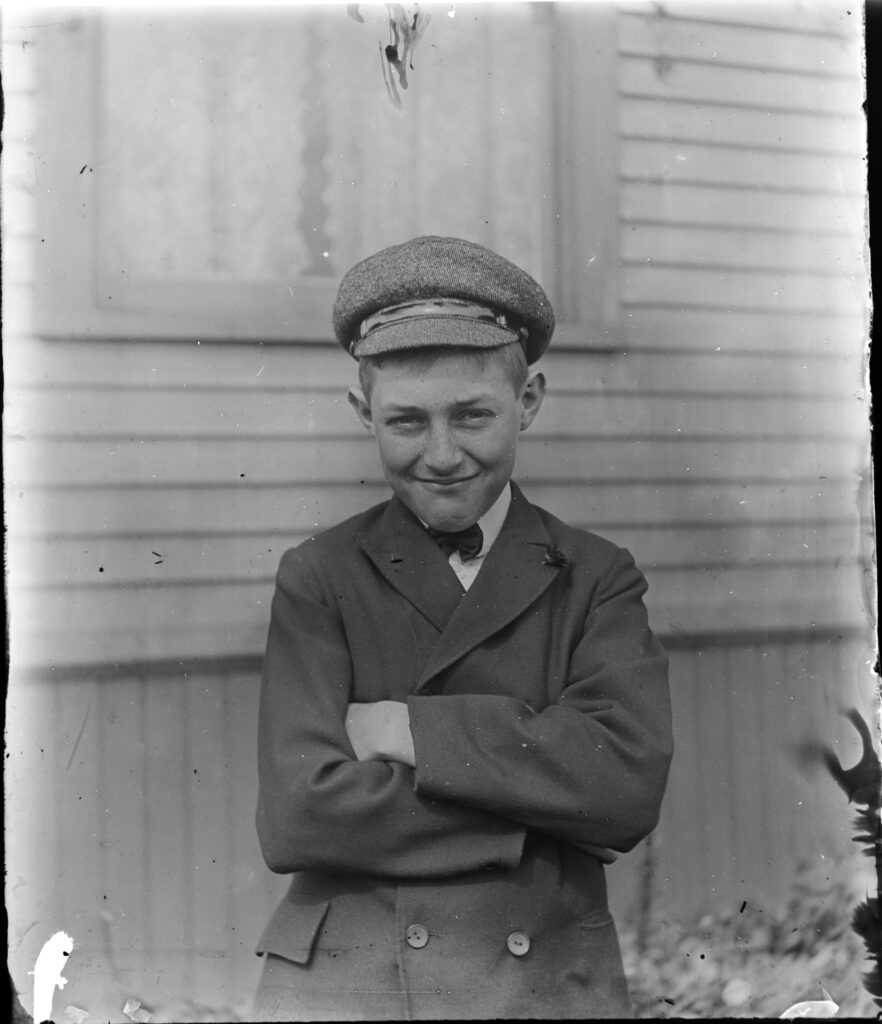
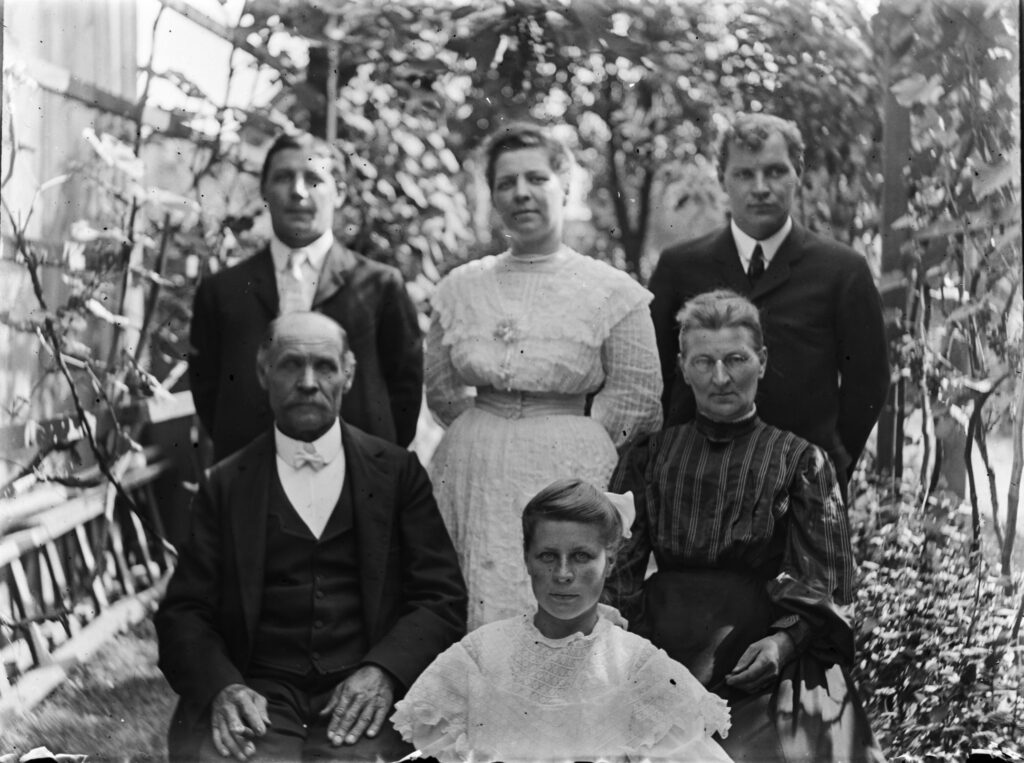
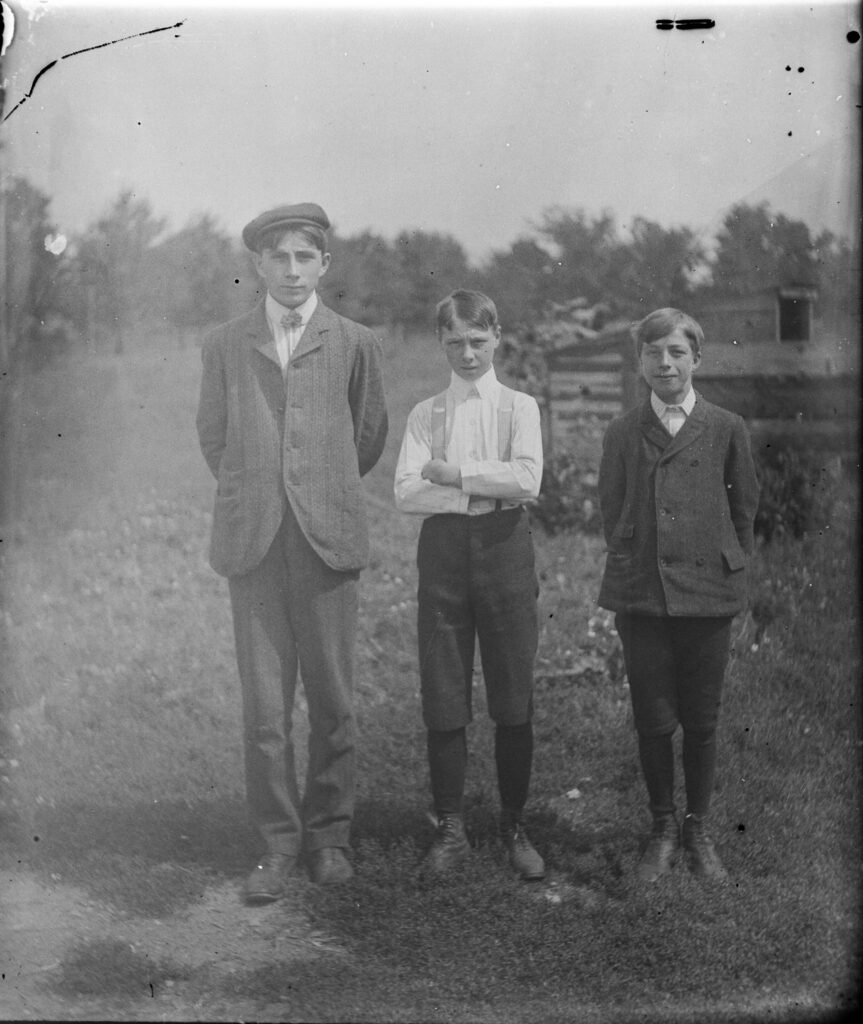
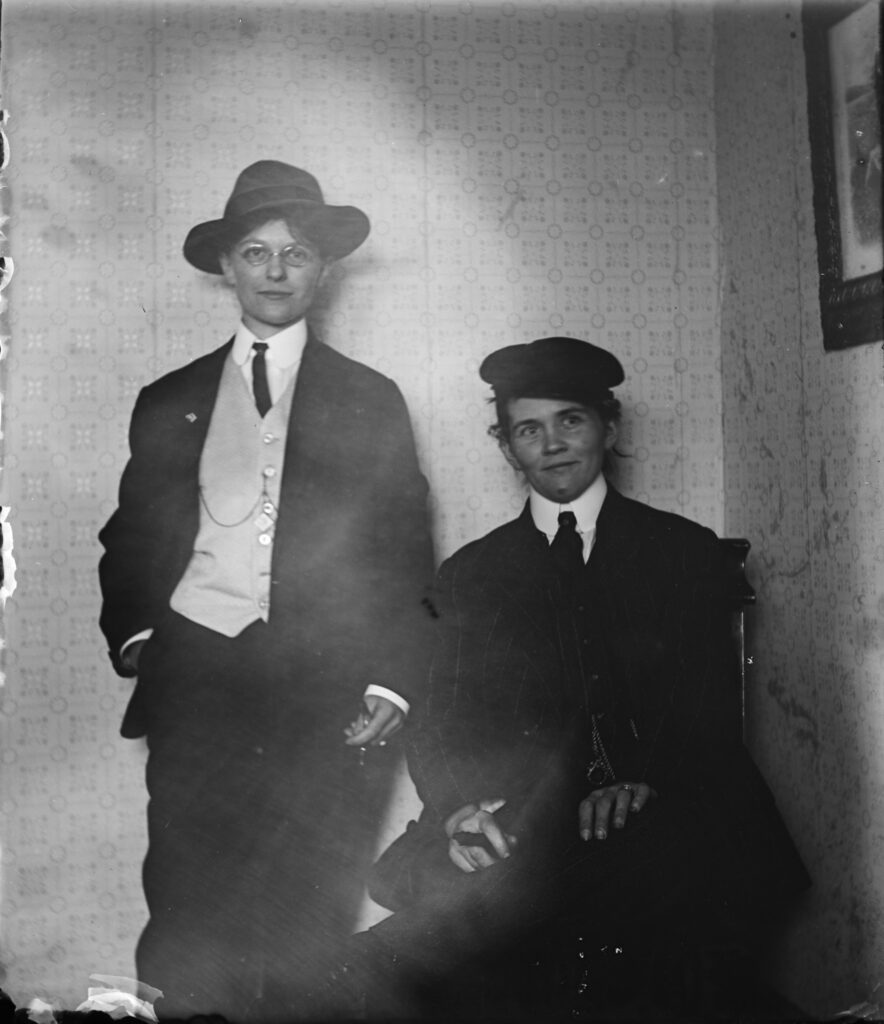
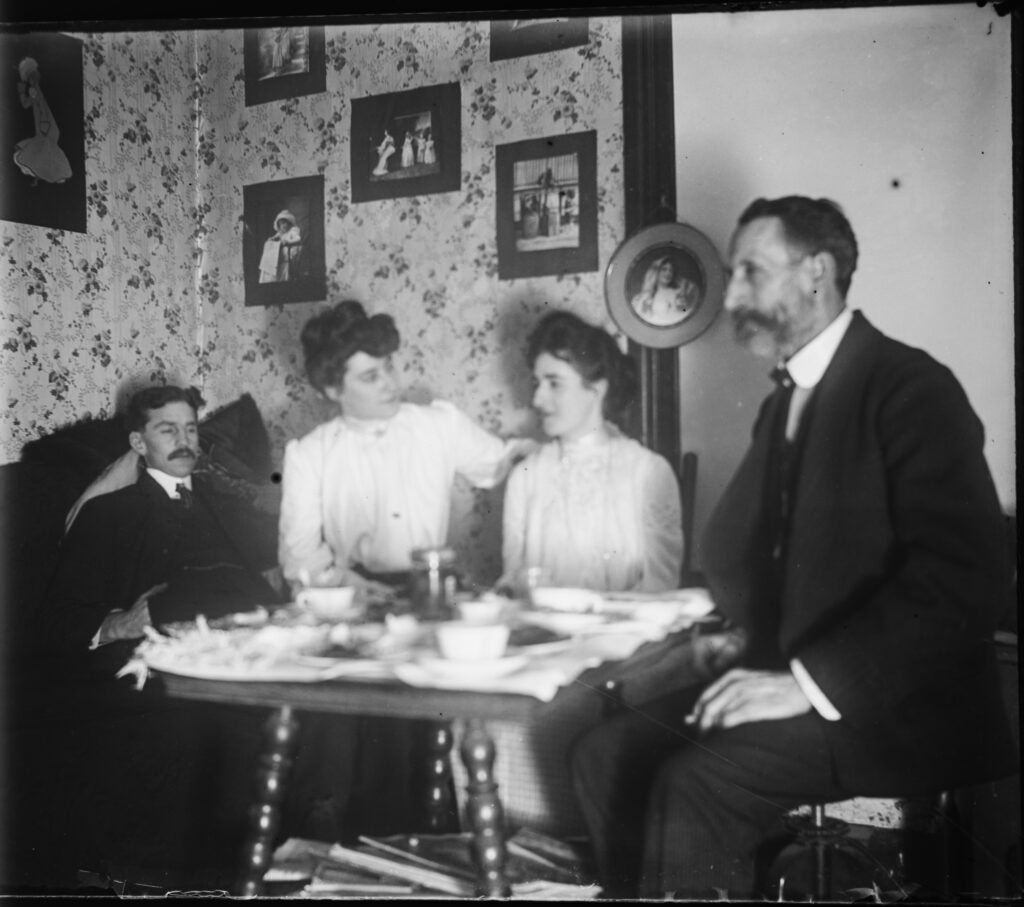
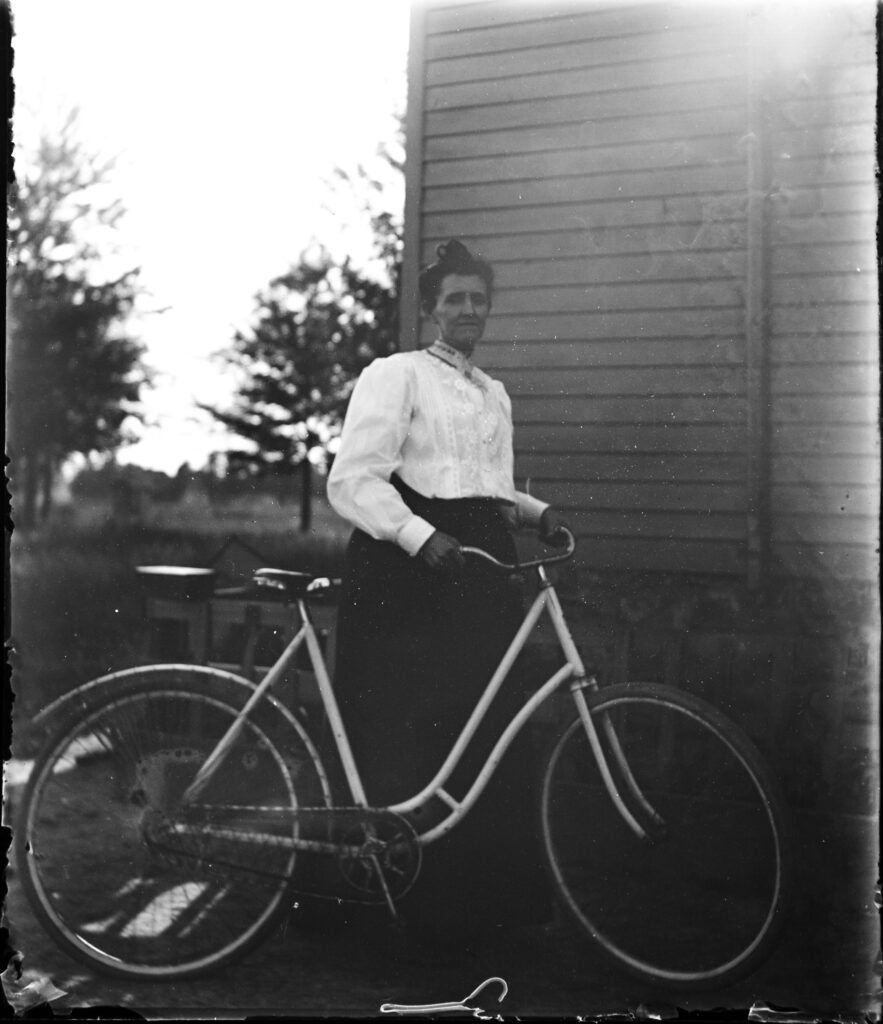
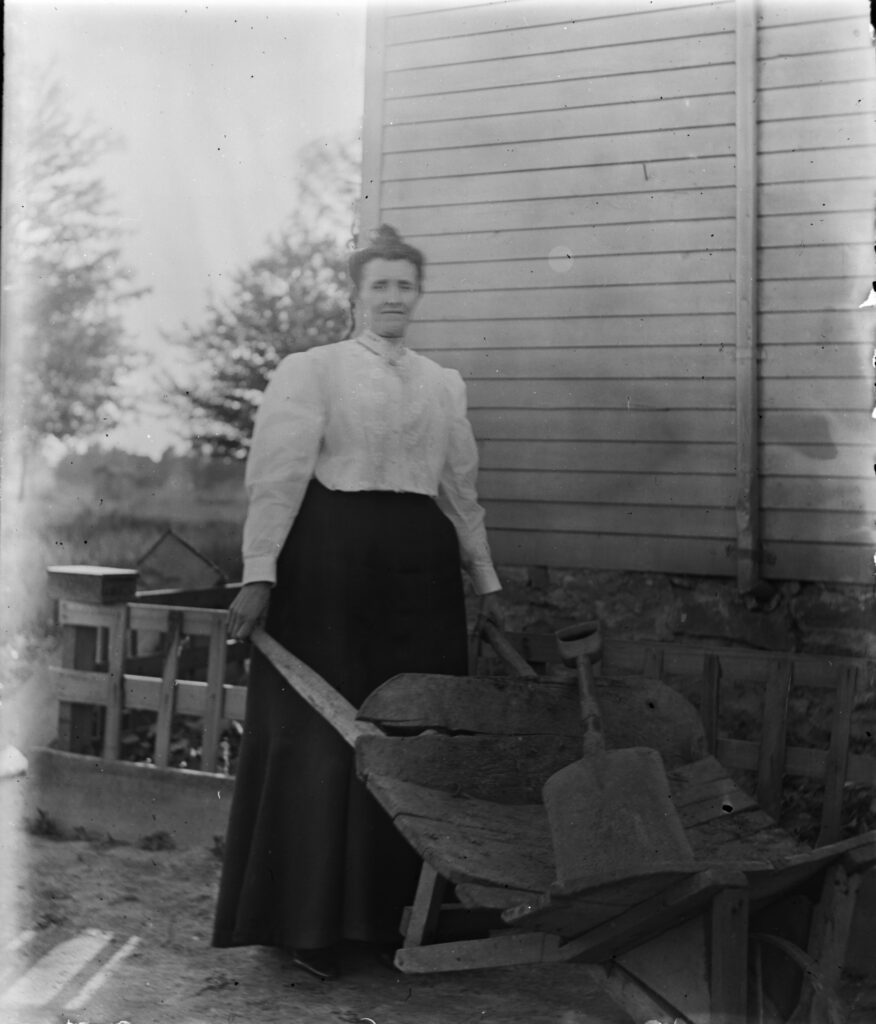
Perhaps the most fascinating photos are those of the family’s neighbors and their pastimes. In a photo labeled, “Boathouse Gang,” a large group stands in front of what are presumably boathouses. Several strike humorous poses. These could have been the former Gratwick Slip on the Niagara River, today covered by the wastewater plant.
Surprisingly intimate portraiture
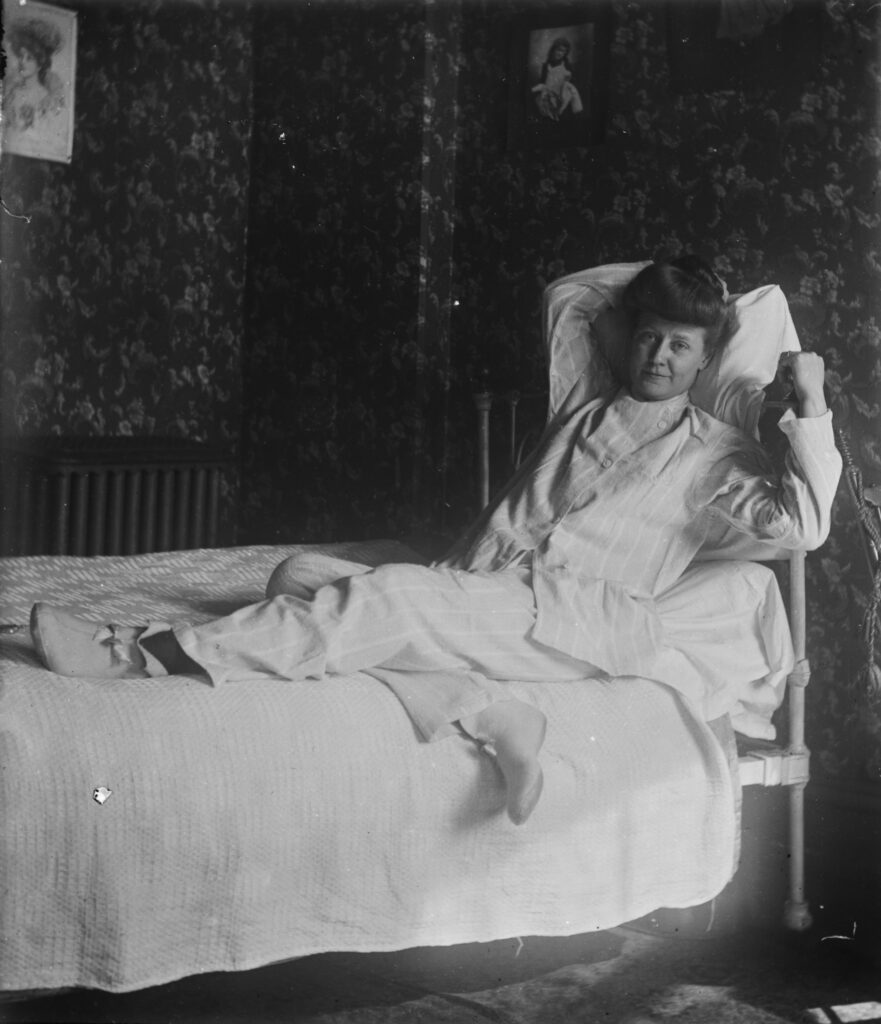
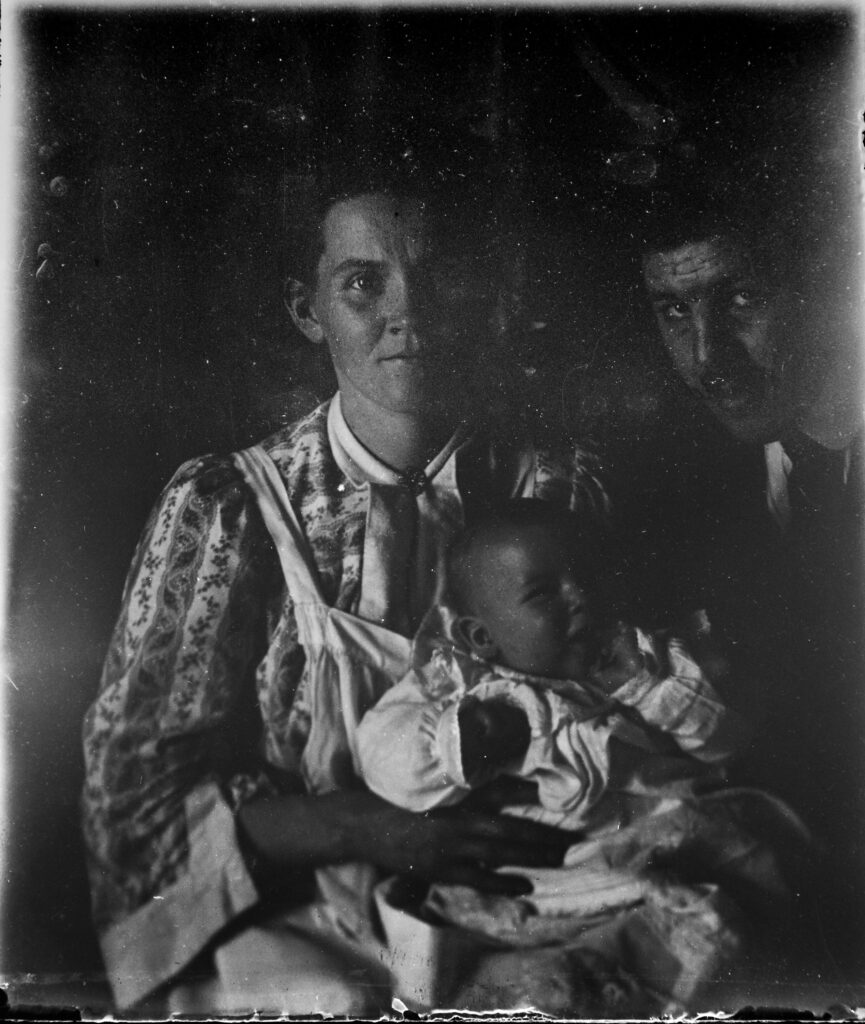
Two of the photos depict women in decidedly private spaces. Who “Miss Hubbard, Pajama girl” may have been to Bert is lost to history. The other photo may be Bert and his wife, with a daughter. Bert leans into the family photo, almost furtively.
The Cumming family
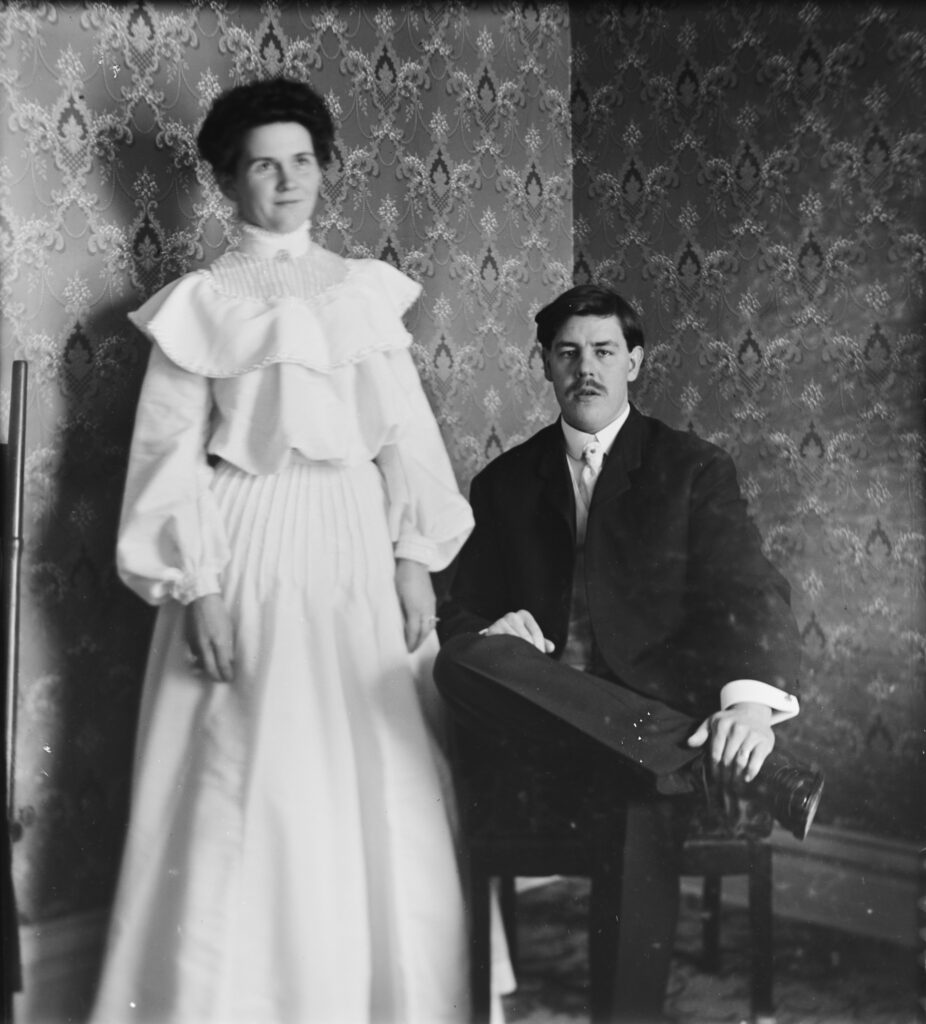
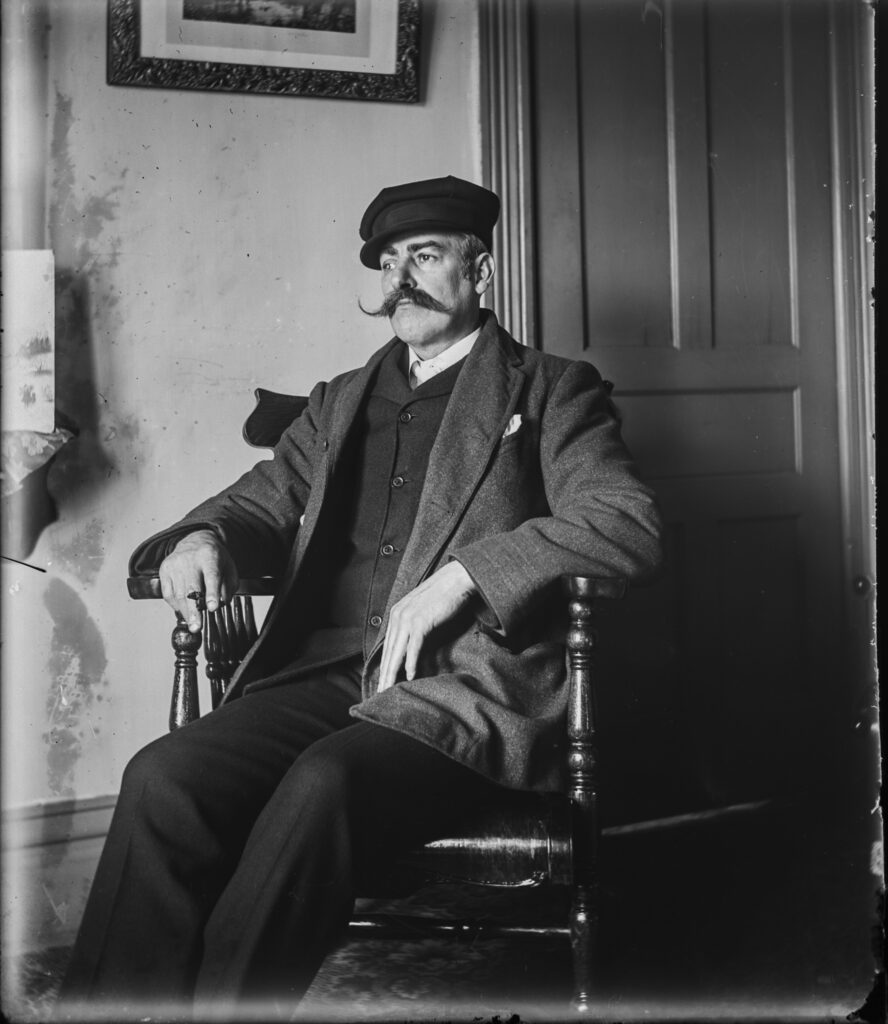
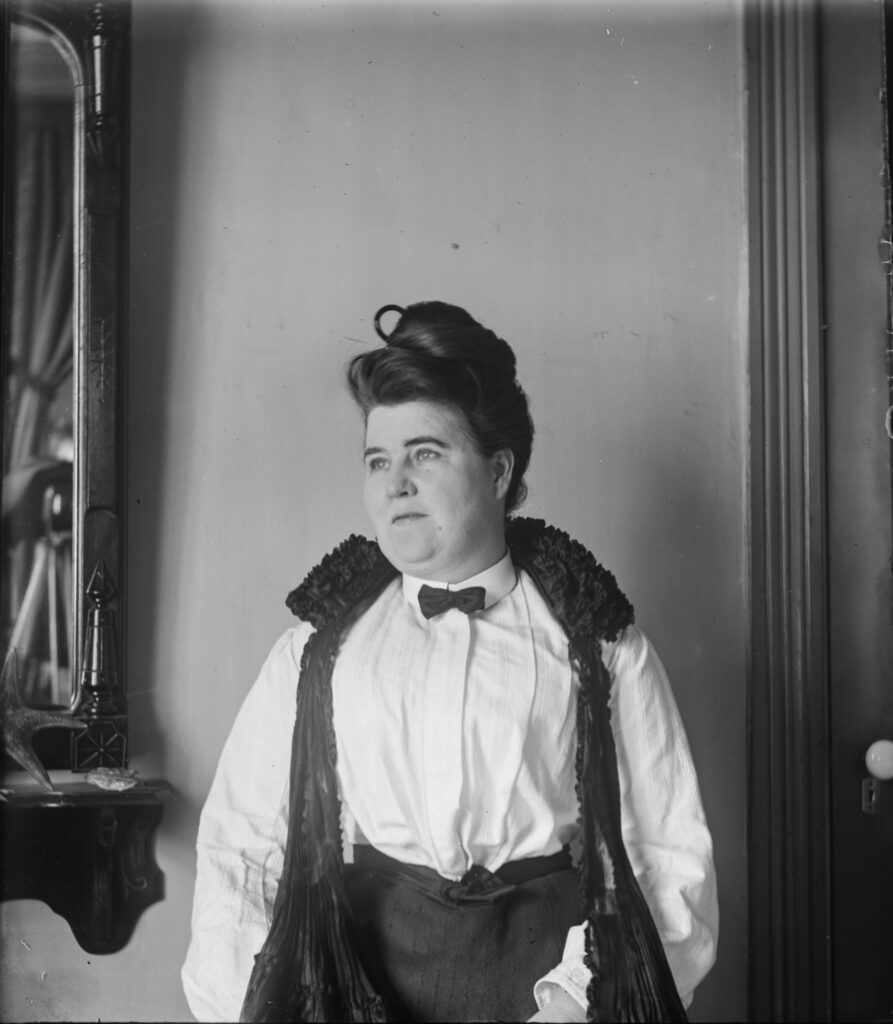
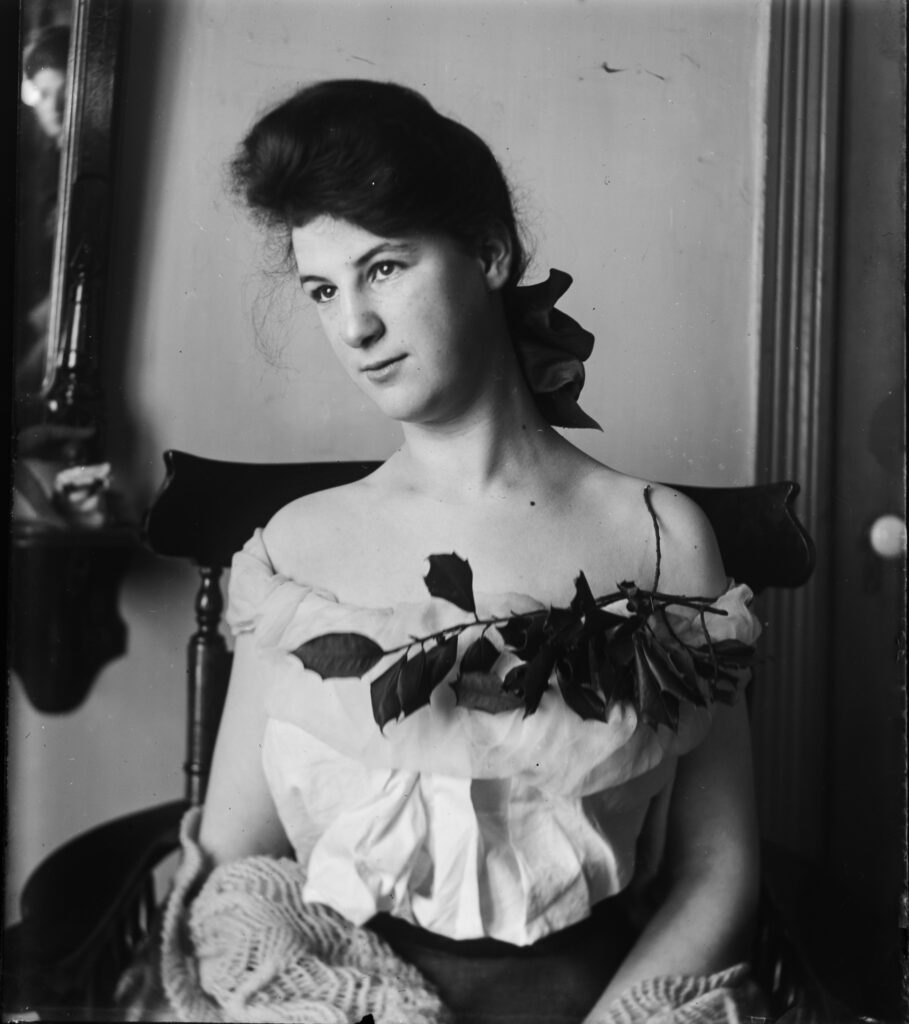
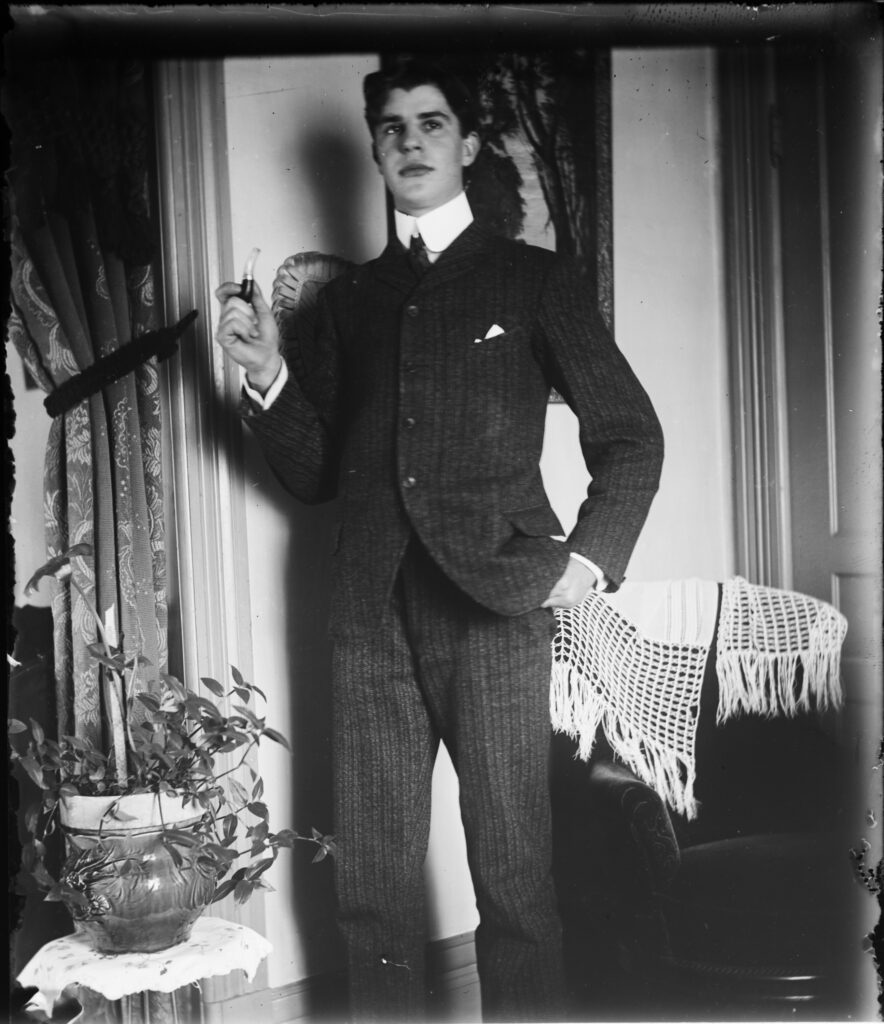
Finally, the glass negatives also held many precious, previously unseen views of Linda’s family, including her grandmother Teresa as a young woman, and her great-grandparents, whom she had never seen before.
The legacy of photography
The daily life of most people is rarely chronicled in print. Photographs are often all that remain to tell the story of the pastimes, jokes and dreams of previous generations. Every view of a person and a city is valuable and irreplaceable. So many have already been lost to the trash heap. If you have family photos that may tell a part of North Tonawanda history, contact me and maybe I can help share them!
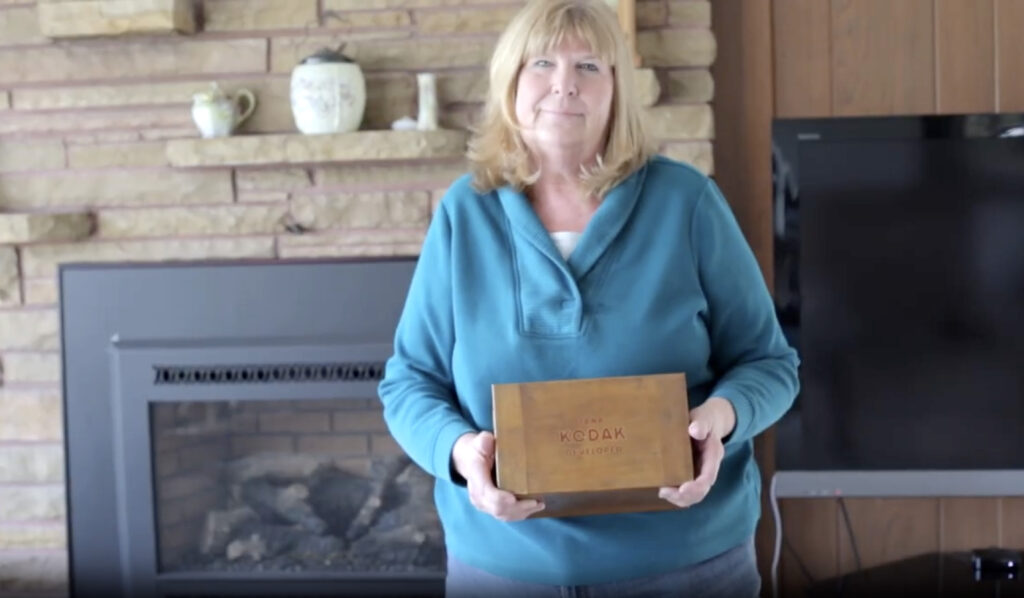

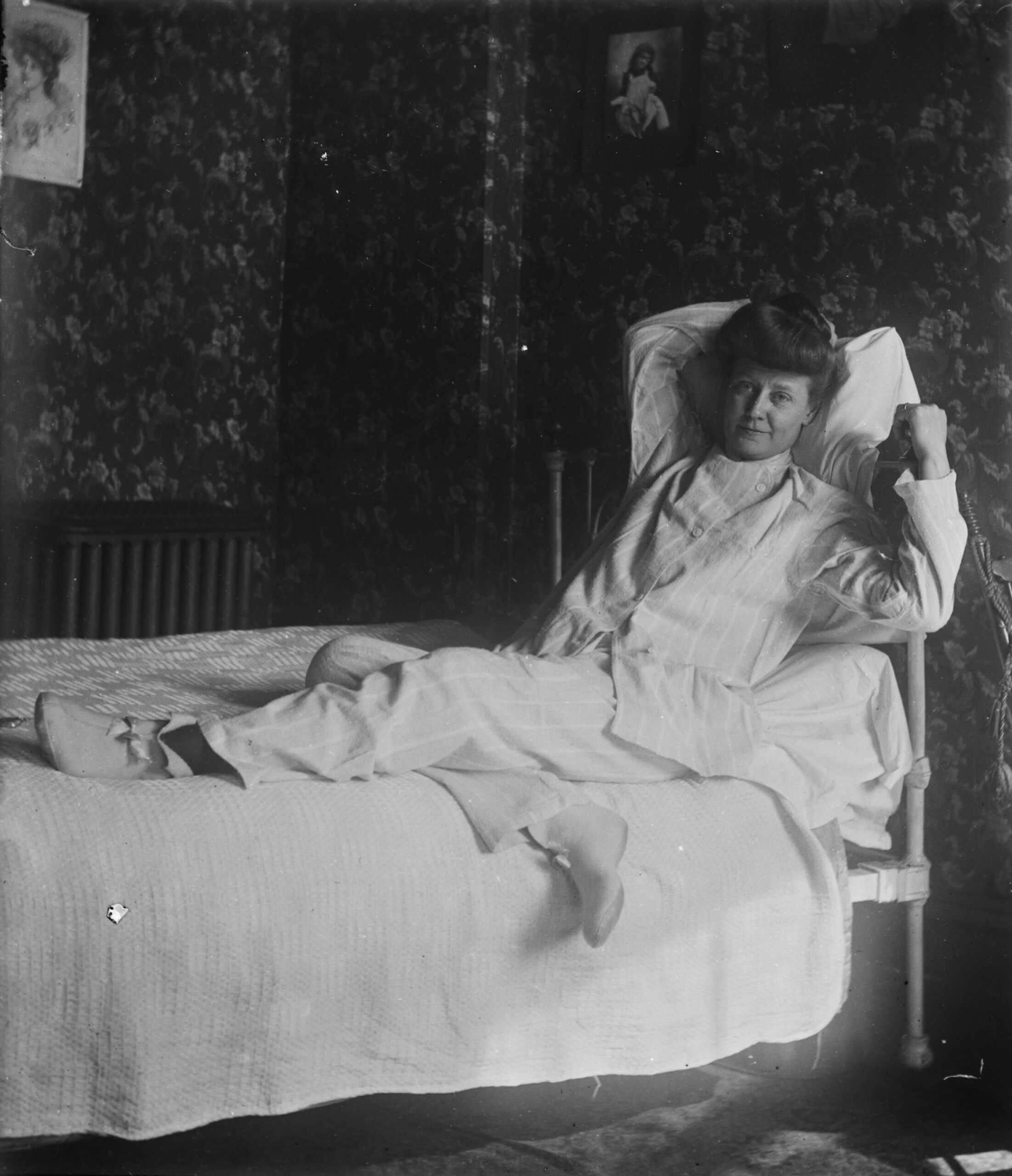
Leave a Reply